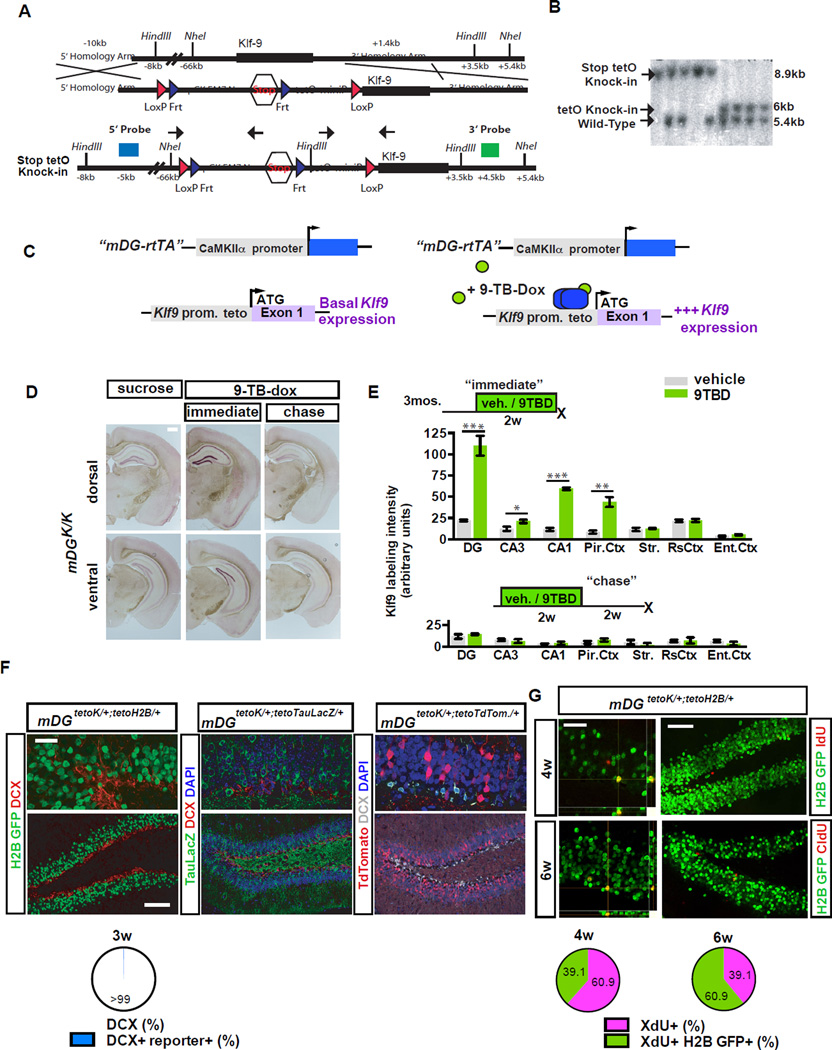Figure 1. A genetic system for inducible and reversible overexpression of Klf9 in mature DGCs.
A) Strategy for targeting Klf9 locus to generate tetO-Klf9 knock-in mouse line.
B) Southern blot on F2 offspring DNA digested with NheI and probed with the 3’ probe showing all 3 alleles (WT, Stop tetO-Knock-in, and TetO-Knock-in).
C-E) Inducible and reversible overexpression of Klf-9. (C) Schematic of tet-on genetic system. (D) In situ hybridization shows Klf9 transcripts in mDGK/K mice are increased following two weeks of 9TBD treatment in drinking water (immediate) and are restored after a two-week chase period. (E) Quantification of D (arbitrary units) at the immediate (top, n=5,3) and chase timepoint (n=3,3; bottom).
F) The mDG rtTA line drives expression in DGCs older than 3 weeks of age. Confocal images show absence of DCX and teto-reporter overlap in DGCs.
G) rtTA transactivates the tetO-H2B GFP transgene in DGCs 4 weeks of age and older. (n=3 mice). Scale bar: 500µm (D), 20µm top, 100µm below (F), 20µm top, 75µm below (G). For all figures data represent mean ± SEM unless otherwise noted and ***p<0.001, **p<0.01, *p<0.05.

